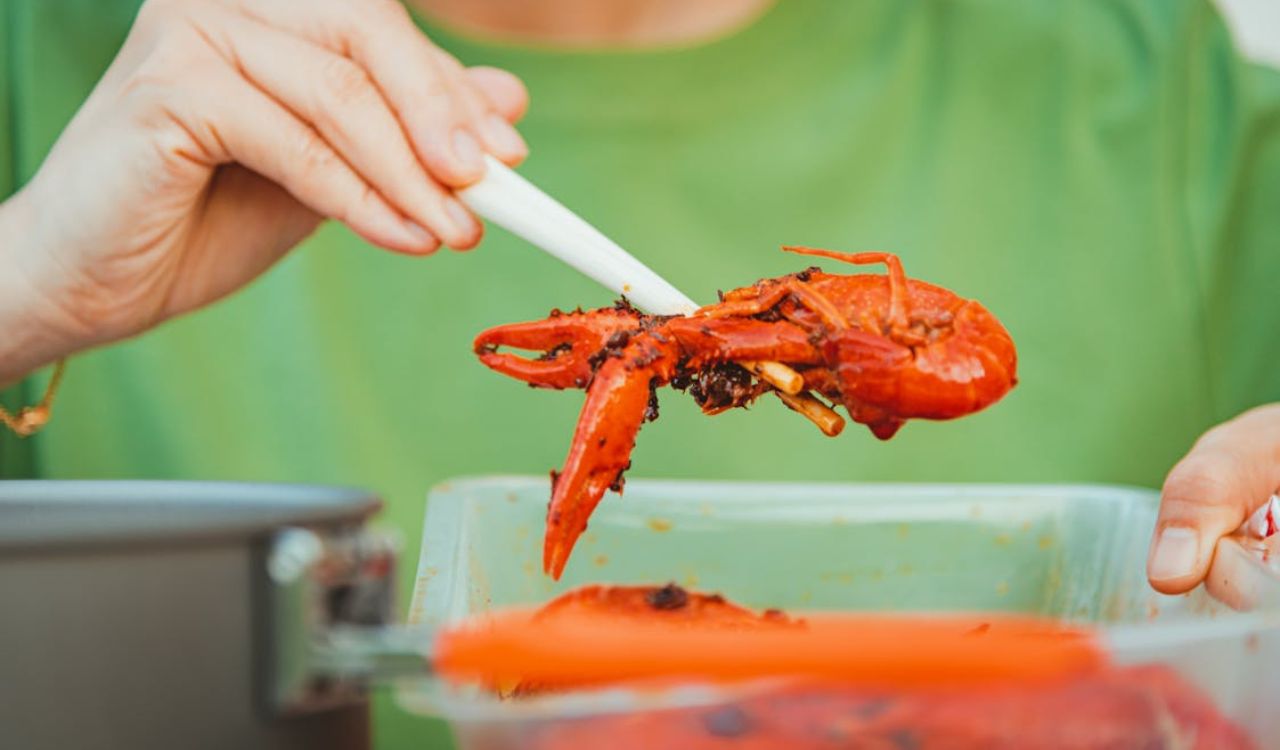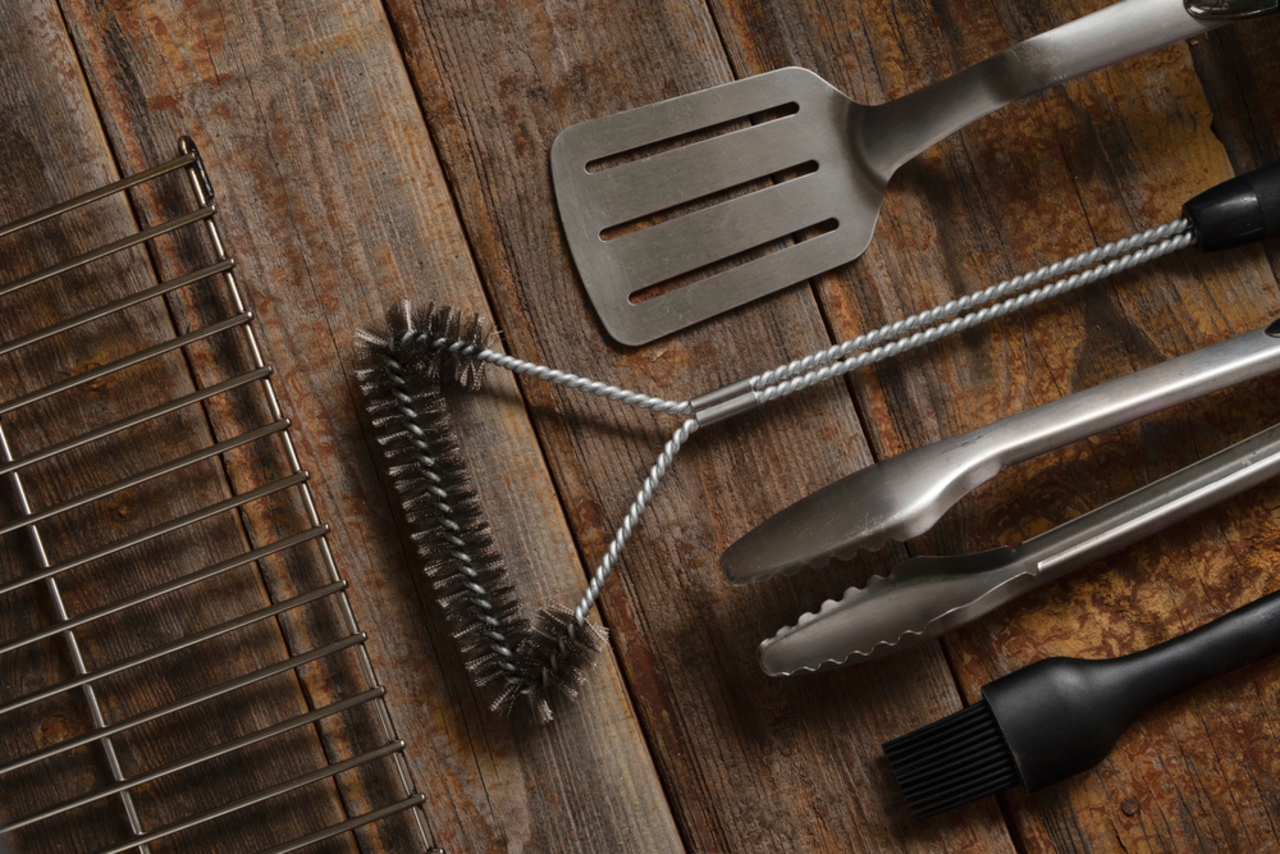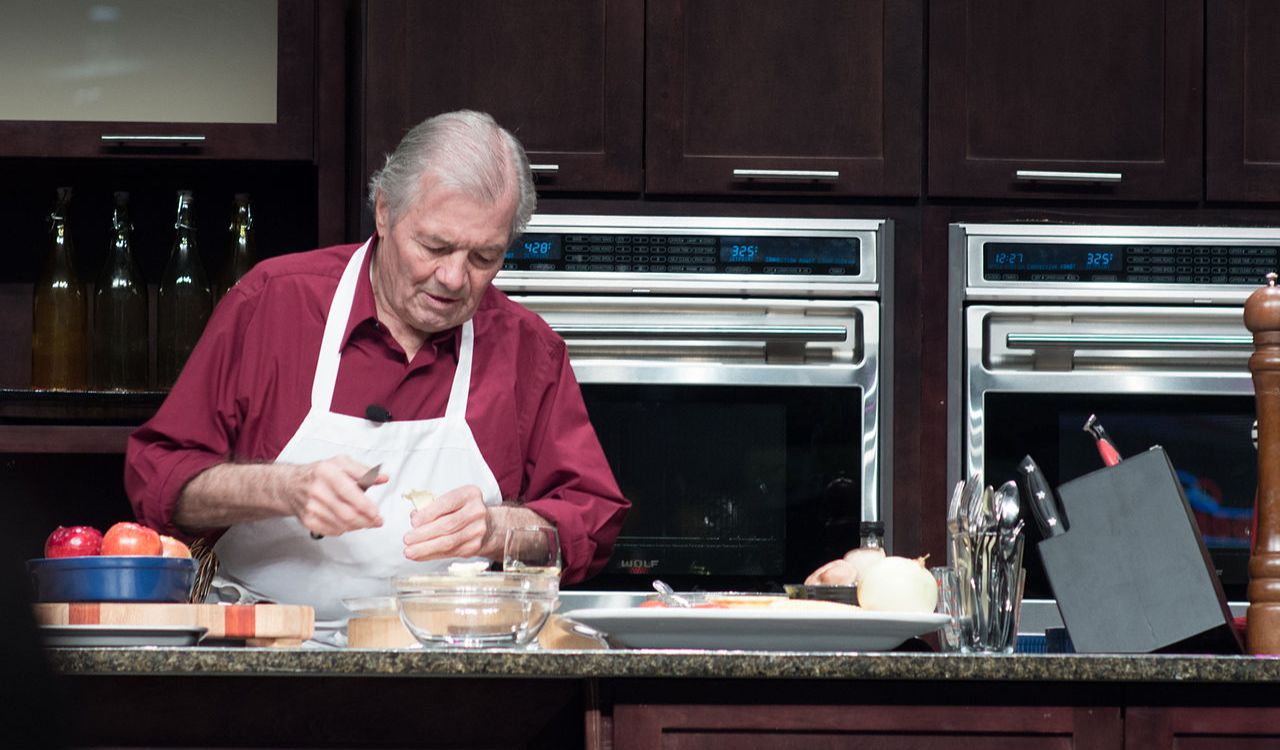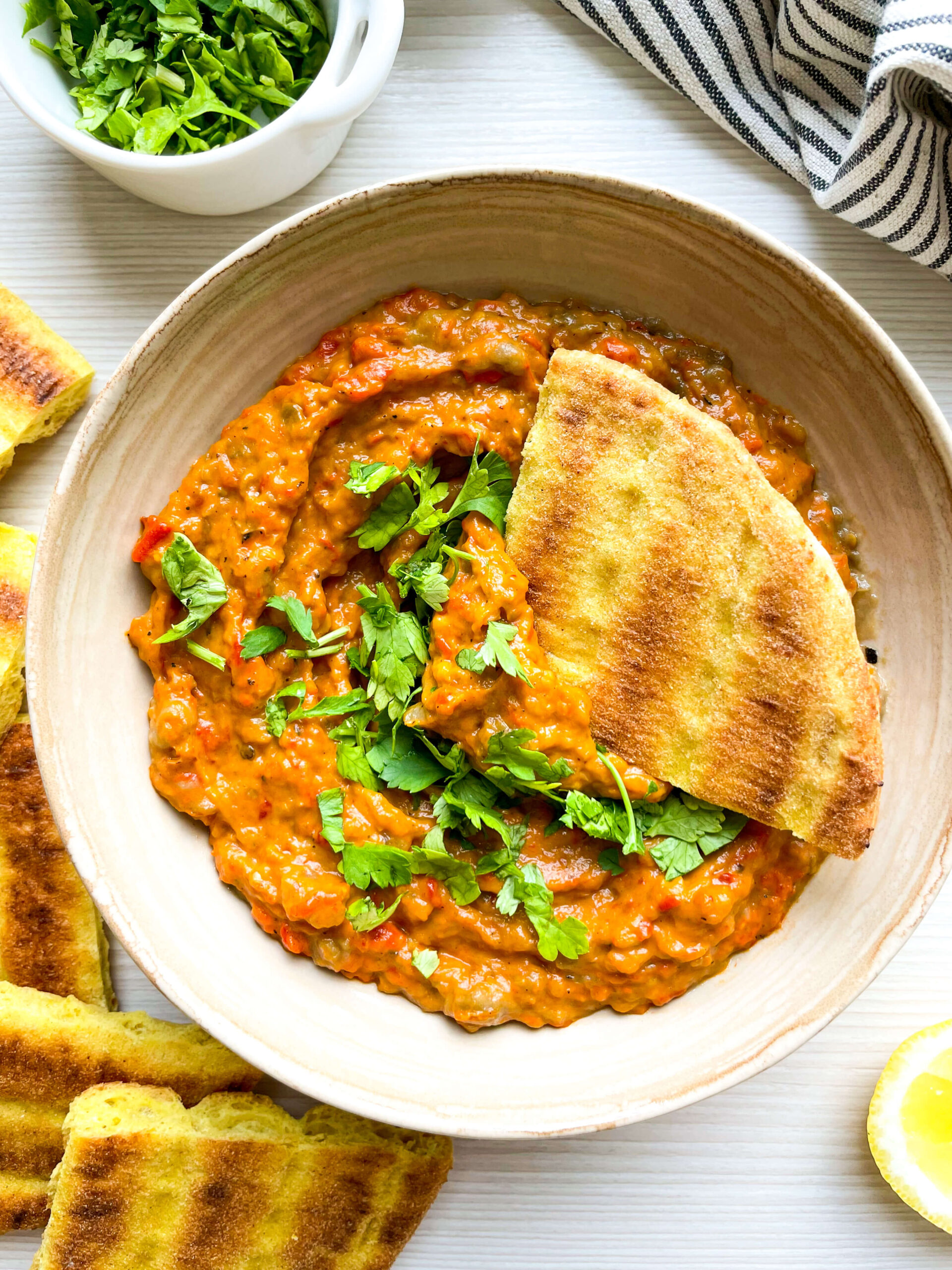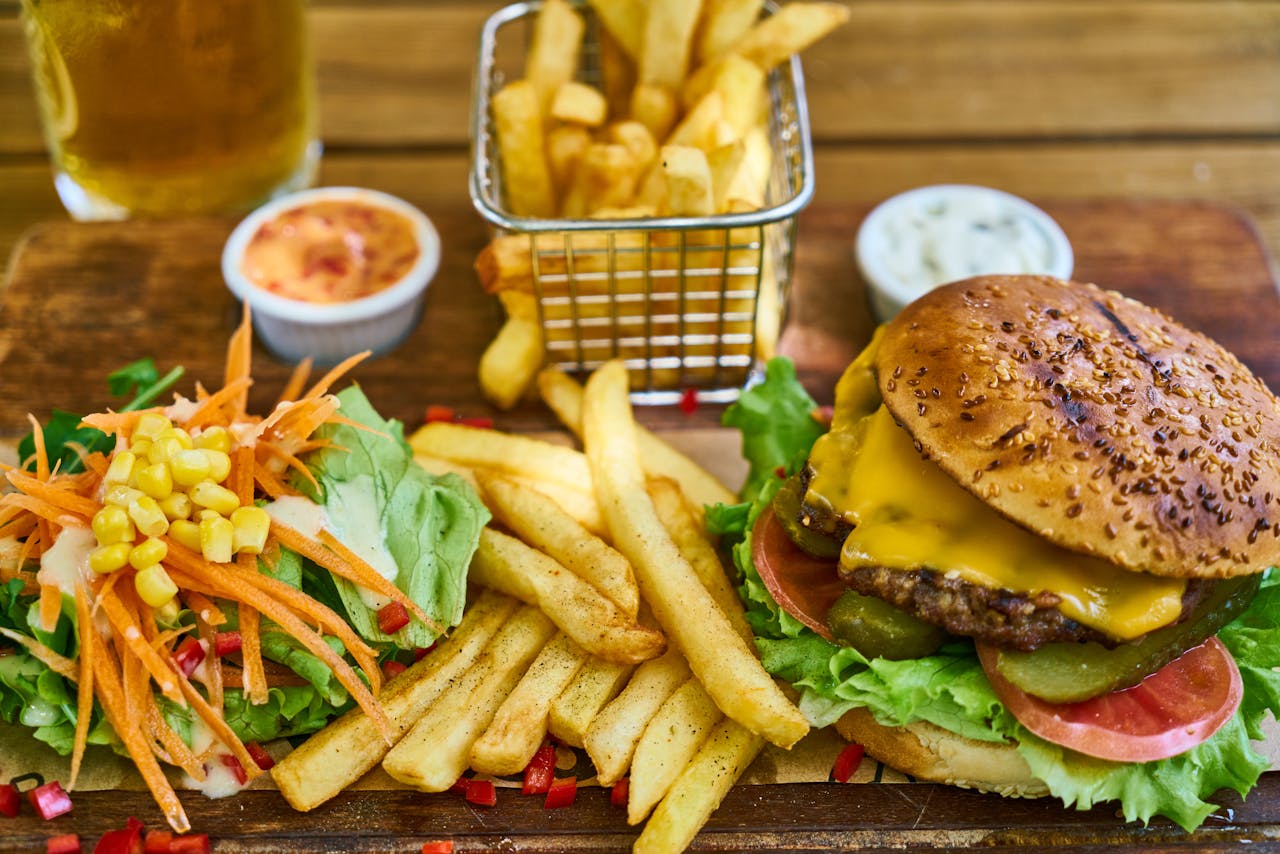Scalloped and Au Gratin Potatoes Aren’t the Same: Here’s What Sets Them Apart
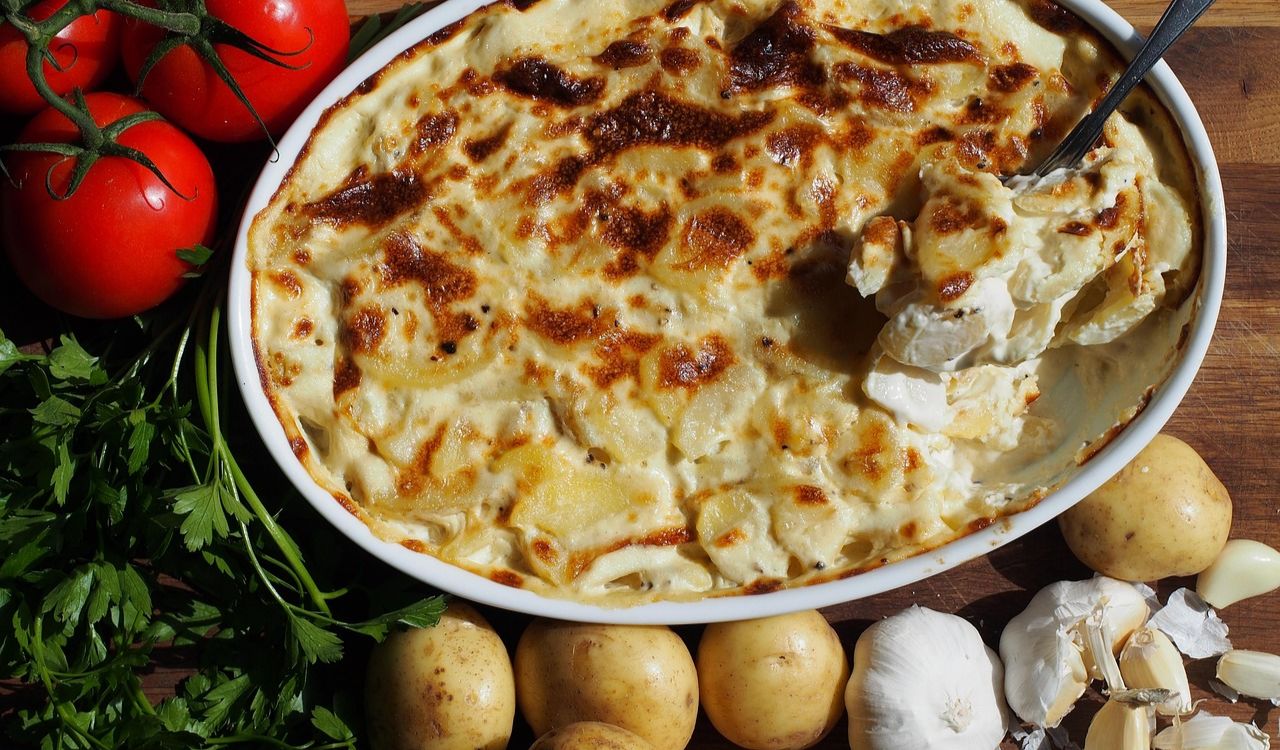
When a bubbling dish of golden potatoes comes out of the oven, most people do not think twice about whether it is scalloped or au gratin. Both look creamy, cheesy, and perfectly comforting. But these two classics are not actually the same. They share many similarities, yet their origins, ingredients, and techniques differ in subtle but important ways.
Knowing the difference helps you cook both correctly, pair them better with other dishes, and finally settle the long-standing debate about which one belongs on your holiday table. Below, we explore what sets them apart, where they overlap, and how to make each the right way.
What Exactly Are Scalloped Potatoes
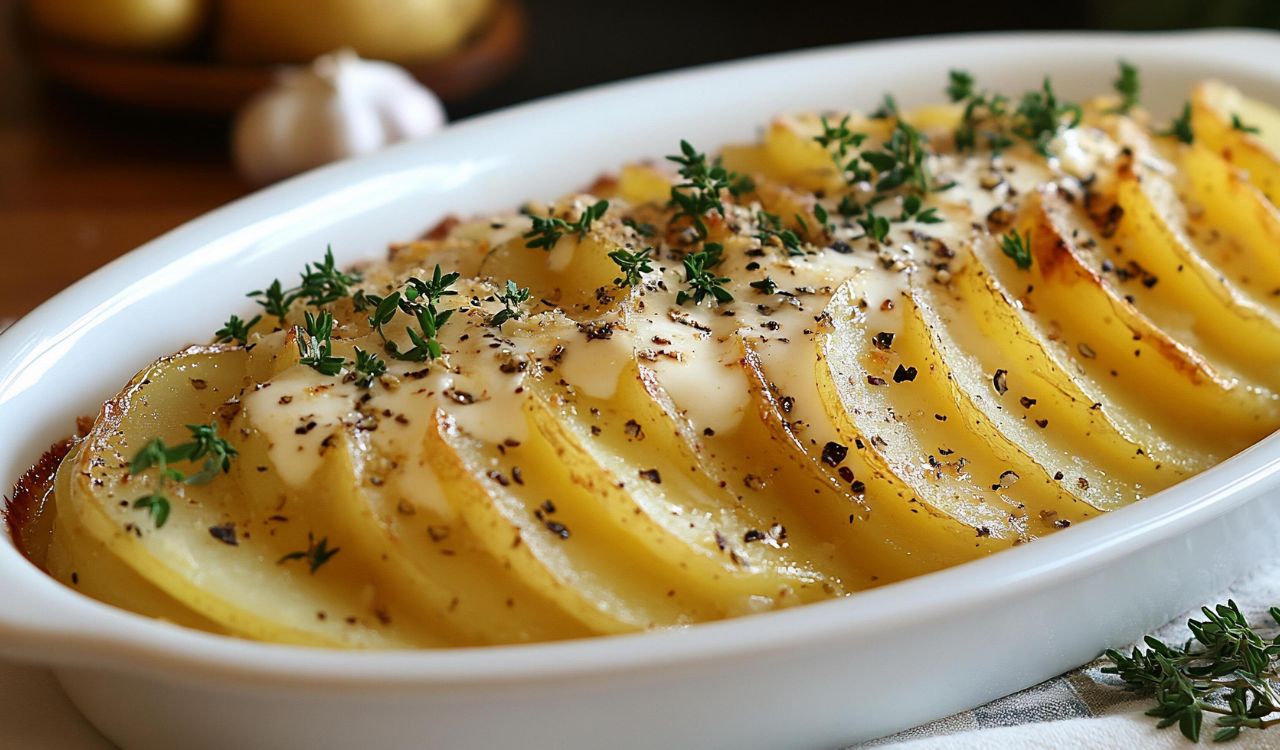
Scalloped potatoes are made by layering slices of potato in a casserole dish and baking them in a simple cream or milk sauce. The dish is seasoned with salt, pepper, and sometimes onion or garlic. Traditionally, scalloped potatoes contain no cheese. The creamy texture comes entirely from the milk or cream thickened slightly with a roux made of butter and flour.
Cooks often use Yukon Gold or Russet potatoes because they balance starchiness and texture well. These varieties absorb the cream without falling apart, creating tender layers that hold their shape.
In modern recipes, many home cooks add cheese, blurring the line between scalloped and au gratin potatoes. But if you want to stay true to the classic version, keep the cheese out and let the natural creaminess of the sauce shine. The flavor is delicate, with a silky consistency that highlights the potato itself rather than an intense cheesy richness.
What Defines Potatoes Au Gratin

Potatoes au gratin take the same foundation and turn it into something richer and more indulgent. The French term “au gratin” translates to “with a crust.” In this dish, the crust is formed by layers of cheese that melt and brown beautifully on top.
In an au gratin recipe, cheese is not only sprinkled on the surface but often layered between the potatoes as well. Classic choices include Gruyère, cheddar, or Parmesan. The result is a creamier, more decadent casserole with a golden, crispy top that gives way to soft layers underneath.
Some recipes also add breadcrumbs or a dusting of Parmesan to enhance the crust. The combination of cream and cheese gives au gratin potatoes their signature richness and slightly salty bite. Unlike scalloped potatoes, they rely on melted cheese for structure, flavor, and that irresistible texture contrast between creamy and crispy.
Comparing the Two

Although both dishes involve sliced potatoes baked in a creamy mixture, the differences between them go beyond cheese. Here is how they stack up side by side.
Key Similarities
- Both use thinly sliced potatoes, typically baked in cream or milk.
- Both are layered and baked in a casserole until golden and bubbling.
- Both make excellent side dishes for meats, poultry, or holiday meals.
Main Differences
- Cheese: Scalloped potatoes are traditionally made without cheese, while au gratin potatoes always include it.
- Sauce: Scalloped potatoes often use a thickened cream sauce made from a roux. Au gratin versions rely on the melted cheese to create their creamy base.
- Topping: Au gratin potatoes have a browned crust of cheese or breadcrumbs, while scalloped potatoes are usually topped only with cream.
- Slice thickness: Scalloped potatoes are often sliced a little thicker, while au gratin versions use thinner slices so that cheese can melt more evenly between layers.
These distinctions may seem minor, but they change the dish’s flavor and texture dramatically. Scalloped potatoes feel lighter and milder, while au gratin potatoes deliver a rich, savory punch.
How to Make Each Perfectly

Understanding their differences helps you choose the right preparation method. Here are step-by-step tips for each version.
For Scalloped Potatoes
- Choose the right potato. Yukon Golds and Russets both bake evenly and absorb cream well.
- Make a simple roux. Melt butter, whisk in flour, then gradually add milk or light cream until smooth. Season with salt, pepper, and herbs like thyme or rosemary if desired.
- Layer the potatoes. Arrange slices evenly in a buttered baking dish, pouring the sauce over each layer.
- Bake covered first. Cover the dish for the first half of baking to keep moisture in. Remove the cover near the end so the top can brown lightly.
- Rest before serving. Let the dish cool for at least ten minutes before serving so the sauce thickens and holds together.
For Potatoes Au Gratin
- Slice the potatoes thinly. A mandoline slicer helps ensure even thickness, which allows the cheese to coat every layer.
- Add cheese throughout. Layer grated cheese such as Gruyère, cheddar, or Parmesan between the potato layers along with the cream or milk.
- Top with extra cheese. Sprinkle more cheese on the surface and optionally add breadcrumbs for texture.
- Bake uncovered. Allow the top to develop a crisp, golden crust. You can finish it under the broiler briefly to deepen the color.
- Serve hot. Au gratin potatoes are best enjoyed immediately while the top is still crunchy and the interior soft and creamy.
Both dishes benefit from using high-quality dairy and seasoning generously. They also pair beautifully with roasted meats, ham, or poultry.
Why the Confusion Exists
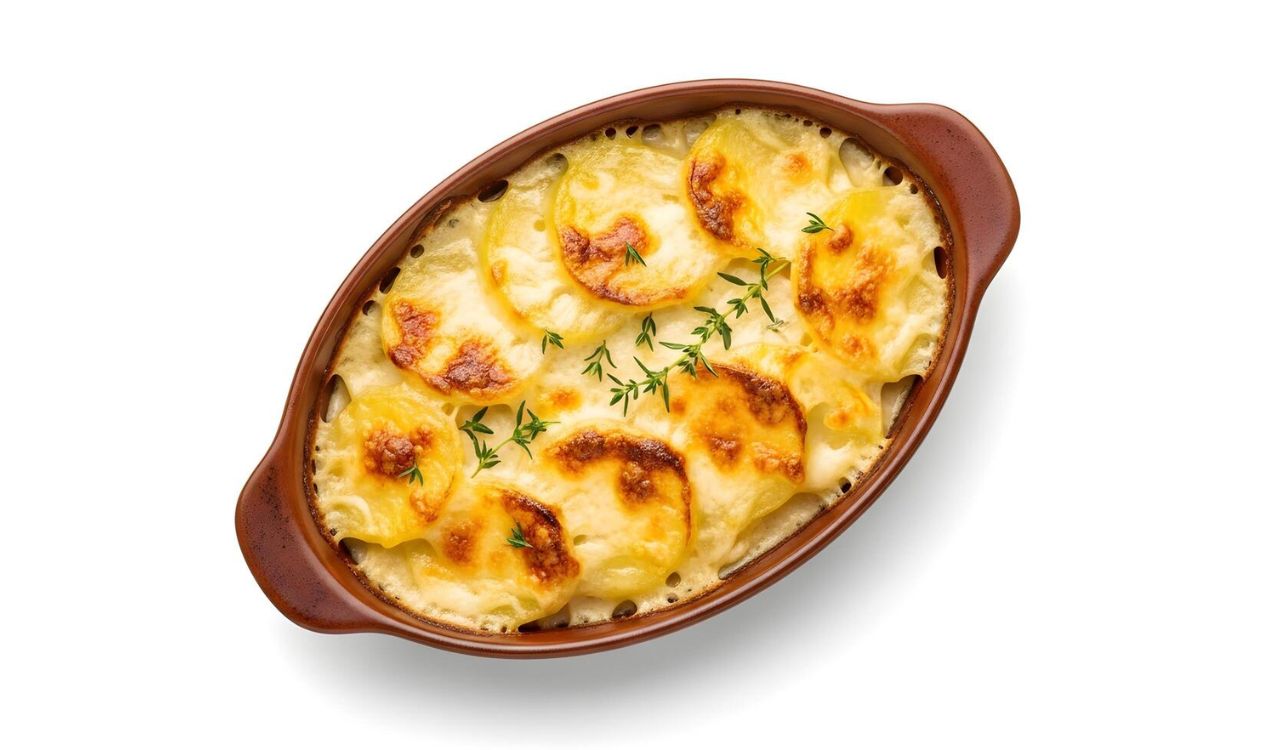
Many modern recipes blur the lines between the two dishes. Over time, American home cooks began adding cheese to scalloped potatoes, causing the terms to overlap. Restaurants also sometimes label cheesy baked potatoes as “scalloped” for simplicity, even when they technically qualify as au gratin.
Language adds another layer of confusion. The French word “gratin” refers to any dish baked with a browned crust, not necessarily made with potatoes. That means many gratin dishes exist, from cauliflower gratin to seafood gratin. “Scalloped,” on the other hand, likely comes from the Old English word “collop,” meaning slices of meat or food layered in a dish.
In short, the confusion continues because both names describe a similar technique, and modern cooking often merges traditions. Still, understanding the true difference gives you culinary accuracy and a new appreciation for how each dish evolved.
Which Should You Choose

When deciding between scalloped and au gratin potatoes, think about the occasion and the main dish.
- Choose scalloped potatoes when you want something creamy but not too heavy, especially alongside rich proteins like roasted lamb or glazed ham.
- Choose au gratin potatoes when you want a more indulgent, cheesy side dish with a crisp golden crust that can stand out on the plate.
- For a crowd-pleasing option, you can merge elements from both, using a creamy sauce base and a little cheese on top for balance.
Ultimately, both dishes are satisfying comfort foods that showcase the versatility of the humble potato.
The Bottom Line
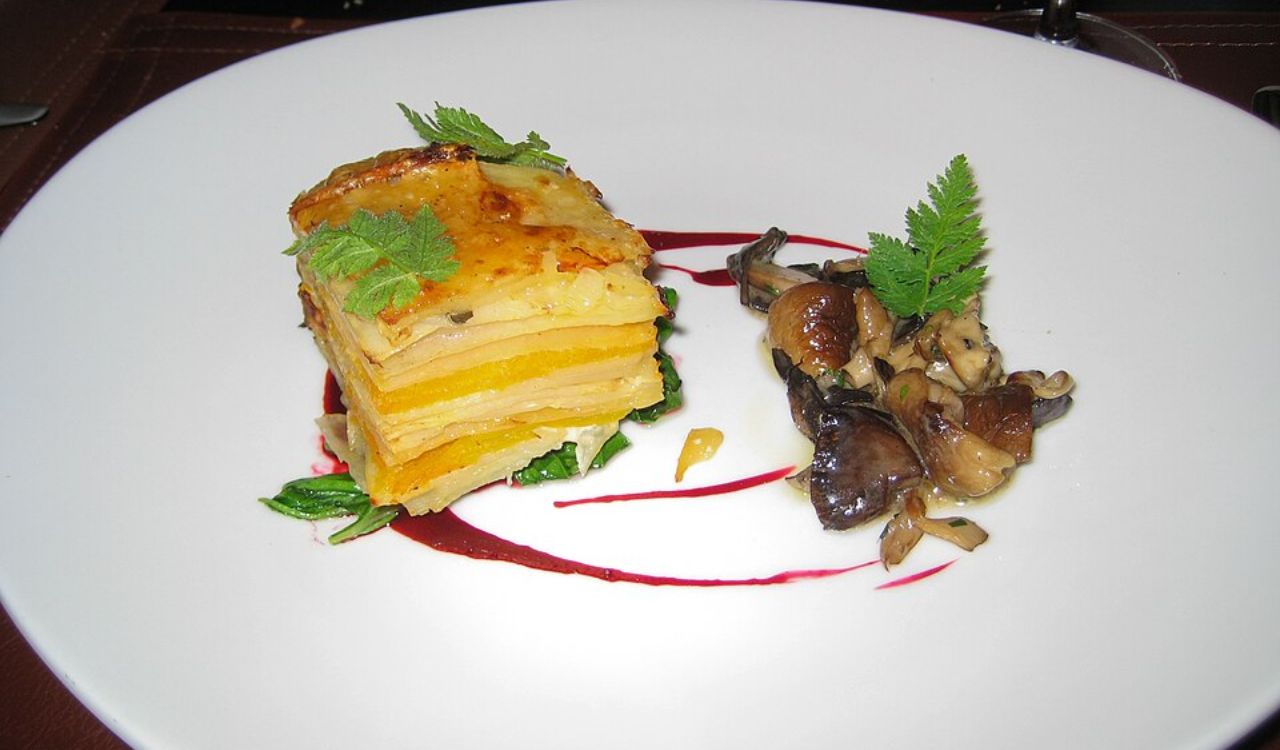
Scalloped and au gratin potatoes may look alike, but their differences lie in technique and flavor. Scalloped potatoes feature layers of potatoes baked in a simple cream sauce without cheese, while au gratin potatoes add cheese and a crisp crust that transforms the dish into something bolder and richer.
Understanding this distinction helps you cook them correctly and choose the version that fits your meal. Whether you prefer the silky simplicity of scalloped potatoes or the decadent layers of cheese in au gratin, both prove that the best comfort food often starts with the same humble ingredient prepared in different ways.
References
- What is the difference between au gratin potatoes and scalloped potatoes?- PotatoGoodness.com
- The Difference Between Au Gratin and Scalloped Potatoes- Masterclass.com
- Scalloped Vs Au Gratin: Here’s How These 2 Potato Dishes Differ- FoodRepublic.com
- What Does ‘Au Gratin’ Actually Mean?- AllRecipes.com
- What’s the Difference Between Scalloped and Au Gratin Potatoes?- TheKitchn.com
- Scalloped Potatoes Vs. Au Gratin: What’s The Difference?- SouthernLiving.com


